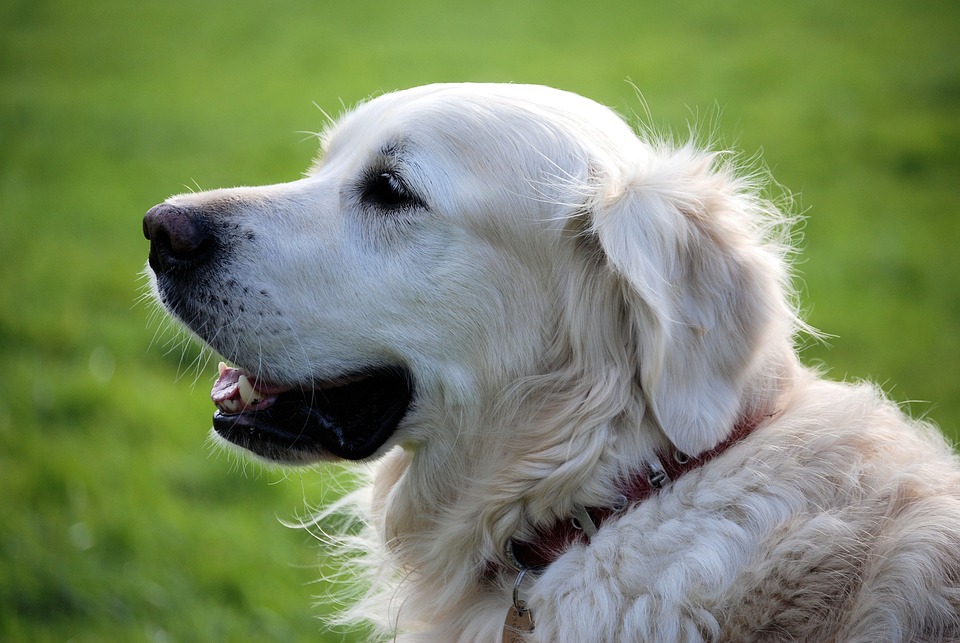Welcoming a furry friend into your home is an exciting and rewarding experience. As a responsible pet owner, it’s essential to ensure that your home is not only comfortable for your dog but also safe. From choosing the right flooring to providing adequate space for play, there are several factors to consider when creating a dog-friendly home. In this article, we will explore some valuable tips to help you build a safe haven for your four-legged companion.
I. Flooring: Choosing the Right Materials
a. Durability and Scratch Resistance: Dogs can be rough on floors, so it’s important to choose materials that can withstand their claws and playful antics. Opt for durable flooring options such as laminate, vinyl, or tile.
b. Easy to Clean and Maintain: Accidents happen, so it’s crucial to select flooring that is easy to clean and maintain. Avoid materials that absorb stains and odors, and opt for those that can be easily wiped or mopped.
c. Non-Slip Surfaces for Safety: Dogs can easily slip and injure themselves on slippery surfaces, especially when running or playing. Choose flooring with a non-slip surface to prevent accidents and injuries.
II. Furniture and Decor: Pet-Friendly Choices
a. Opt for Stain-Resistant Fabrics: Dogs can be messy, so it’s wise to choose furniture upholstered in stain-resistant fabrics. This will make cleaning up accidents or spills much easier.
b. Avoid Sharp Edges and Fragile Items: Dogs can be curious and may accidentally bump into furniture with sharp edges or knock over fragile items. Opt for furniture with rounded edges and avoid delicate decor that can be easily damaged.
c. Incorporating Pet Beds and Hideaways: Provide comfortable and designated spaces for your dog to rest and relax. Consider incorporating pet beds or hideaways in different areas of your home to create a sense of security and comfort.
III. Creating a Secure Environment: Fencing and Gates
a. Selecting Appropriate Fencing Materials: If you have a backyard, ensure that your fencing is secure and suitable for containing your dog. Chain-link or wooden fences with minimal spacing between slats are popular choices.
b. Ensuring Proper Height and Gate Security: Dogs come in various sizes and breeds, so it’s important to choose a fence height that prevents them from jumping over. Additionally, ensure that gates are secure and cannot be easily opened by your dog.
c. Creating a Dog-Friendly Outdoor Area: Dogs need fresh air and space to run and play. Create a dog-friendly outdoor area by providing shade, water, and toys to keep them entertained and safe.
IV. Designated Dog Spaces: Play and Rest Areas
a. Allocating Space for Exercise and Play: Dogs require regular exercise and playtime to stay healthy and happy. Allocate a specific area in your home where they can play freely and safely.
b. Providing Comfortable Resting Spots: Dogs need a comfortable place to rest and relax. Provide them with cozy beds or mats in different areas of your home so they have options to choose from.
c. Consider Indoor Dog Gates for Boundaries: Use indoor dog gates to delineate boundaries and keep your dog in designated areas. This can help prevent them from accessing certain parts of your home that may be off-limits or unsafe.
V. Safe Storage and Pet-Proofing
a. Storing Chemicals and Toxic Substances Securely: Keep household chemicals, cleaning products, and other toxic substances securely stored out of your dog’s reach. These items can be dangerous if ingested.
b. Keeping Small Objects and Choking Hazards out of Reach: Dogs are curious and may chew or swallow small objects, posing a choking hazard. Keep small items such as buttons, coins, and small toys out of their reach.
c. Managing Electrical Cords and Wires: Dogs may chew on electrical cords and wires, which can lead to electric shock or injury. Keep cords and wires organized and out of your dog’s reach to prevent accidents.
VI. Maintaining a Clean and Hygienic Home
a. Regular Pet Grooming and Maintenance: Regular grooming, including brushing and bathing, can help minimize shedding and pet dander. This will contribute to a cleaner and healthier home environment.
b. Effective Cleaning Techniques for Pet Hair and Stains: Invest in a vacuum cleaner specifically designed for pet hair to effectively remove fur from floors and furniture. Additionally, clean up accidents promptly to prevent stains and odors.
c. Minimizing Pet Odors and Allergens: Use air purifiers or odor-neutralizing sprays to minimize pet odors and allergens in your home. Regularly wash pet bedding and fabrics to keep them fresh and clean.
Conclusion
By following these tips, you can create a safe and enjoyable environment for your furry companion. Remember, a dog-friendly home not only ensures your pet’s well-being but also promotes a harmonious living space for the entire family. With a few adjustments and precautions, you can build a haven where your dog can thrive and feel loved.









